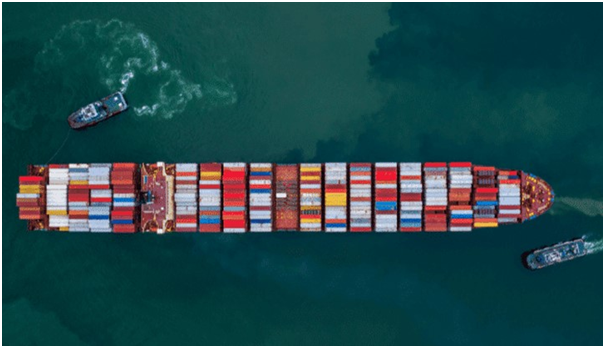
“While stubbornly high levels of inflation in many
countries is depressing demand, increasing geopolitical instability is
affecting investor sentiment with both factors depressing the growth prospects
for world trade. Moreover, shipping lines and lessors, in particular, are
ridding themselves of surplus boxes built up in the fleet over the past two
years or so, and not replacing equipment being sold into the secondary market,”
says the update.
The box pool will decline by 2.6 percent this year
with a further contraction expected in 2024. “The last time the container pool posted a YoY decline
was at the time of the global financial crisis. Between 2008 and 2009, the
total number of containers in service dropped from 27.9 million TEUs to 26.9
million TEUs, a decline of 3.7 percent.”
The most serious oversupply of equipment is in the
40ft high-cube segment because this was the type of box that was in greatest
demand in late 2020 and throughout 2021. “In 2021, this size of container
accounted for over 85 percent of all dry freight containers produced, and this
in a year of record production when in excess of 6.6 million TEUs were
produced. The scale of oversupply means that any equilibrium for 40ft high-cube
containers is unlikely to occur before 2025, unless of course there is a sharp
turnaround in trade.”
Ocean carriers and leasing companies have curtailed
their box purchasing programmes considerably in 2023 with the two groups
unlikely to take delivery of more than 1.1 mteu of new containers, the update
added. “In 2024, Drewry expects a modest recovery to take place in their
purchasing plans, largely based on more ageing containers being replaced, and
this will increase more strongly in 2025.
This is linked to the bulge in container production
that took place between 2006 and 2008 when an estimated nine million TEUs was
produced. This equipment is now at the end or nearing the end of its trading
life.” The
containerised mode is expected to make further inroads into specialised reefer
shipping and perishables sectors of the airfreight business, and to take some
market share from ro-ro and break bulk vessels when it comes to moving project
and out-of-gauge cargo, Drewry says in its report. “This will drive the demand
for reefer and special dry freight containers such as open-tops and flat racks.
By 2027, Drewry estimates that the global pool of containers will have
increased seven percent over the years from 2023.”